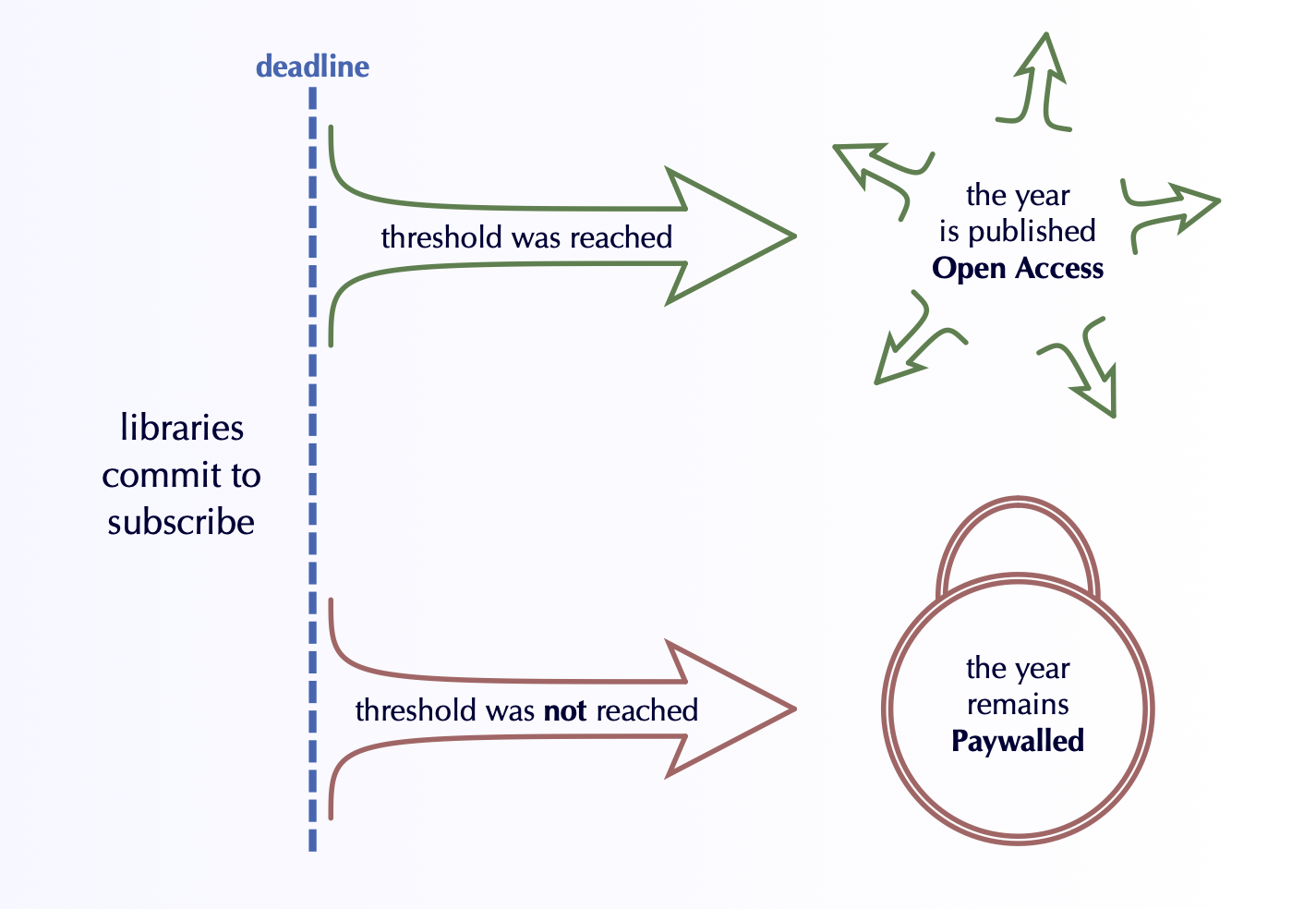Read your contract! Not so easily done, especially for authors of books. Book contracts are long, dense, and confusing. The essay below is a guest post by Stephanie Vyce, director of intellectual property, Harvard University Press, for H-Net’s excellent Feeding the Elephant: A Forum for Scholarly Communications.
The legal agreement you have with your publisher does many things. Two of the most important are articulating how the publisher may publish and use your work and how copyright registration and enforcement will be handled.
When you enter into an agreement with a publisher, you are deliberately ceding at least some of your publishing rights to the publisher in exchange for their services and any compensation they may offer. Your publisher may propose handling any and all publishing rights, in which case you may opt to take advantage of their expertise in selling and licensing your work in all formats by assigning all rights to them. Or, you may wish, at the start, to control certain rights yourself. The terms of your publishing agreement should define the rights your publisher will handle. This part of the contract will have an impact on how copyright can be registered and enforced.
Copyright is, simply, the right to make and make use of copies. (See the US Copyright Office’s Circular 1 Copyright Basics for more information.) Except in some special cases, when you create an original work, you are, automatically, the copyright holder and have the exclusive right to copy, distribute, adapt, display, and perform it, with some limited exceptions (such as fair use and parody, both of which can be exploited by others without your permission).
Though copyright registration is not required to possess copyright, it is an important step in protecting your work as registration is a prerequisite for filing suit and registration creates a verifiable record of a given work so that the copyright owner can more easily demonstrate their ownership in the event of a legal claim.
The terms of your agreement will spell out who is responsible for enforcing copyright. If registered in your name, you may be assuming responsibility for enforcing the copyright in your work. If registered in the name of your publisher, or, in the case of some university presses, in the name of their institution, they will typically assume that responsibility. Having the copyright in the name of your publisher may provide you with a valuable benefit, as they often have the tools and expertise to respond to copyright infringement that you as an individual might not possess or have easy access to.
Check your contract for two important concepts: assignment and license. Should you choose to assign all rights to your publisher, copyright cannot be registered in your name because you are, in that case and by definition, ceding all of your rights. If you grant a license to all or certain rights to your work, you are allowing your publisher to make use of those rights but still own the rights yourself. In this case, copyright can be registered in your name, because the rights belong to you. If having copyright registered in your name at publication is important to you, you will need to be clear about your intention to assign or grant a license, and in the case of granting a license, negotiate with your publisher which right or rights you will retain and handle yourself or through another party, like an agent. Note that registering copyright in your own name does not automatically mean you can exercise all rights. You’re still licensing some or all of them to your publisher to exercise on your behalf.
If copyright is registered in the name of your publisher and your agreement is ever canceled, you can request a transfer of copyright to you as part of the reversion of rights, the terms of which should be included in your agreement. Your contract might include a clause setting out how rights reversion will work in the event that the contract is terminated.
The assignment or licensing of rights and the registration of copyright are two complementary but distinct negotiating points in any publishing agreement. Having clear language about which party—you or your publisher—will handle certain categories of publishing rights and in whose name copyright will be registered, and by extension which party is responsible for enforcing that copyright, will set both you and your publisher up for success. Be sure to consult with the Office of the General Counsel of your institution, your agent, our your own lawyer for advice on making the best decision for you.
Stephanie Vyce started her career in books at the Harvard Bookstore in Harvard Square where she was a bookseller for two years. She then joined the sales department at Harvard University Press and represented Harvard, Yale, and MIT Presses to accounts from Vermont to Virginia. Next stop, Subsidiary Rights Manager, responsible for licensing translation, reprint, dramatic, and audio book rights to HUP titles. Since 2012, she has been the Director of Intellectual Property at HUP.
https://networks.h-net.org/group/discussions/20023278/demystifying-paragraph-about-copyright-your-book-contract.
published under a Creative Commons Attribution-Noncommercial-No Derivative Works 3.0 United States License

 This post, the first in a series, introduces City Tech faculty to free-to-author, immediate open access publishing options.
This post, the first in a series, introduces City Tech faculty to free-to-author, immediate open access publishing options.



